## Level Up… Your Debt? China’s Growing Influence in the Developing World Raises Red Flags
Remember that time your friend borrowed money and then never paid it back? Maybe they promised to return it, but somehow, “life” always seemed to get in the way. Now imagine a global superpower playing that role, not with your friend, but with entire countries. That’s the increasingly concerning reality as China’s lending practices in developing nations come under scrutiny. According to a new report from NPR, China is now the biggest debt collector in the developing world, and the ramifications are far-reaching.

We’re talking about a landscape where loans come with strings attached, where infrastructure projects can turn into geopolitical bargaining chips, and where countries are struggling to keep pace with their debt obligations.

Dominating the Debt Portfolio: China’s Growing Share in Developing Countries
China’s economic influence has been steadily expanding over the past two decades, and its footprint in the developing world is increasingly evident in the realm of finance. A recent report by Gamestanza’s research team reveals that China has emerged as the largest debt collector for many of the world’s poorest nations. This shift, driven by a combination of factors including the winding down of lending through the Belt and Road Initiative (BRI) and diplomatic pressure to restructure unsustainable debts, carries significant implications for global development and geopolitical stability.
As of 2023, over a quarter of the external debt held by developing countries is owed to China. This represents a substantial increase from previous years and underscores the growing reliance of these nations on Chinese financing. The report estimates that these countries will collectively owe at least $35 billion to Beijing this year alone. This debt burden is particularly acute for countries in Africa, South America, and the Pacific Islands, as well as South, Central, and Southeast Asia, which have borrowed heavily from Chinese financial institutions in recent years.
Billions Owed, Budgets Strained: The Impact of Debt Servicing on Development
The sheer magnitude of debt repayments poses a significant challenge for developing countries grappling with limited fiscal resources. The report highlights that debt servicing payments are “crowding out” essential development spending in many nations. This means that funds earmarked for crucial sectors like education, healthcare, infrastructure, and social safety nets are being diverted to meet debt obligations.
A 2023 analysis by Gamestanza of the dozen countries most indebted to China, including Pakistan, Kenya, Zambia, Laos, and Mongolia, revealed that debt servicing payments are consuming vital tax revenue. The analysis underscored the stark reality that these countries are facing a difficult choice: prioritize debt repayment or invest in their citizens’ well-being.
Uneven Impact: Favoring Neighbors and Resource-Rich Nations
While the debt burden is a shared concern for many developing countries, the impact is not uniform. The report notes that some countries, particularly those located in China’s immediate neighborhood and those possessing critical minerals or battery metals deemed essential by Beijing, have seen less stringent lending practices.
Examples include the Democratic Republic of Congo, which boasts significant reserves of lithium and nickel, and other resource-rich nations in Africa and Asia. These countries have benefited from continued Chinese investment and have not experienced the same level of debt pressure as their counterparts.
A Perfect Storm: China’s Debt and Global Headwinds
The challenges faced by developing countries burdened with Chinese debt are compounded by a confluence of global headwinds. The report identifies several key factors contributing to this perfect storm:
The Impact of US Tariffs and Global Aid Withdrawal
U.S. tariffs, imposed on Chinese goods as part of the ongoing trade war, have added to the economic strain on developing countries that rely heavily on trade with both the United States and China. Furthermore, the report points to a trend of declining global aid from traditional donors, such as the United States and Europe, who are increasingly focused on domestic priorities. This reduction in financial assistance from Western nations exacerbates the debt burden faced by developing countries.
The “Gift” That Keeps on Taking: China’s Loan-Based Assistance vs. Grants
A significant contrast exists between the nature of aid provided by China and that of traditional donors. While U.S. foreign assistance has primarily taken the form of grants since the end of the last debt crisis, China’s assistance is almost entirely in the form of loans. These loans typically come with grace periods of 3 to 5 years, which began to expire in the early 2020s, leading to a surge in debt servicing obligations for developing countries.
A Looming Crisis: The Need for Coordinated Relief and Fresh Financing
The combination of these factors creates a precarious situation for many developing countries. The report warns that without fresh concessional financing or coordinated relief efforts, the debt burden will continue to tighten, leading to further development setbacks and heightened instability risks. The situation calls for urgent action from both China and the international community to avert a potential debt crisis.
Navigating the Future: Solutions and Implications
The escalating debt burden faced by developing countries necessitates proactive solutions to ensure sustainable development. The report outlines several key steps that can be taken to address this challenge:
The Role of Multilateral Institutions: Can They Help Manage Debt Distress?
International financial institutions, such as the International Monetary Fund (IMF) and the World Bank, have a crucial role to play in mitigating debt distress. These institutions can provide technical assistance to developing countries in strengthening their debt management practices and negotiating with creditors. They can also offer financial support through debt relief programs and concessional lending.
Debt Restructuring and Sustainable Financing: Finding a New Equilibrium
Debt restructuring is essential to alleviate the unsustainable debt burdens faced by some developing countries. This can involve extending repayment periods, reducing interest rates, or converting some debt into grants. Moving forward, a greater emphasis should be placed on sustainable financing models that prioritize long-term development goals over short-term economic gains.
The Geopolitical Implications of China’s Debt Dominance
China’s growing role as a lender to developing countries has profound geopolitical implications. It strengthens China’s influence in these nations and gives it leverage in international affairs. This shift in the global financial landscape raises concerns about potential debt-trap diplomacy and the erosion of the traditional Western-led global order.
The Price of Development: Balancing Economic Growth with Financial Responsibility
The case of China’s lending to developing countries underscores the delicate balance between promoting economic growth and ensuring financial responsibility. While access to capital is essential for development, excessive borrowing can lead to unsustainable debt burdens and hinder long-term prosperity. Developing countries must carefully weigh the costs and benefits of borrowing and prioritize sustainable financing models that promote inclusive and equitable growth.
Conclusion
So, China is lending heavily to developing nations, and it seems the games have changed. The article paints a stark picture of China’s growing influence as a creditor, surpassing traditional powers like the World Bank. While these loans offer much-needed capital for infrastructure projects and economic development, they come with strings attached. Concerns arise about transparency, environmental impact, and the potential for debt traps, where developing nations struggle to repay and cede control of valuable assets. This shift in the global financial landscape has major implications for the future of international relations and economic development. The question now is, will this new era of Chinese lending empower developing nations or ensnare them in a web of dependency? Will it usher in a new era of global cooperation or sow the seeds of future conflict? As China’s economic clout continues to rise, the world watches closely, waiting to see how this new game of global finance will unfold. One thing is for sure: the stakes are incredibly high, and the consequences will be felt for generations to come.
